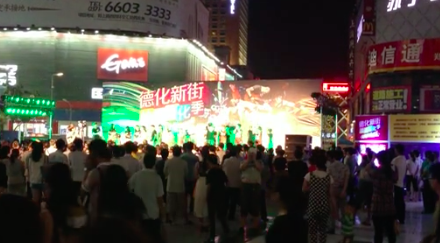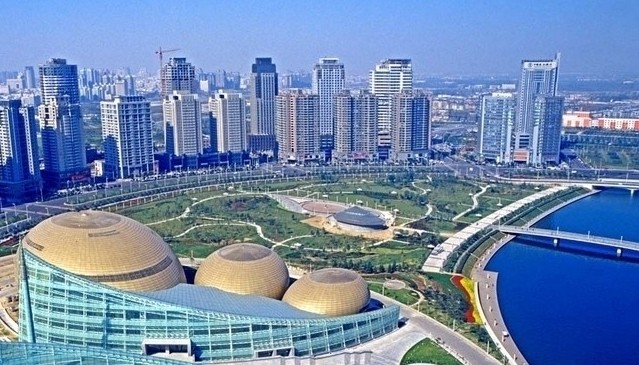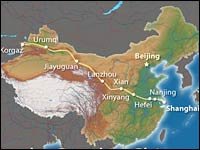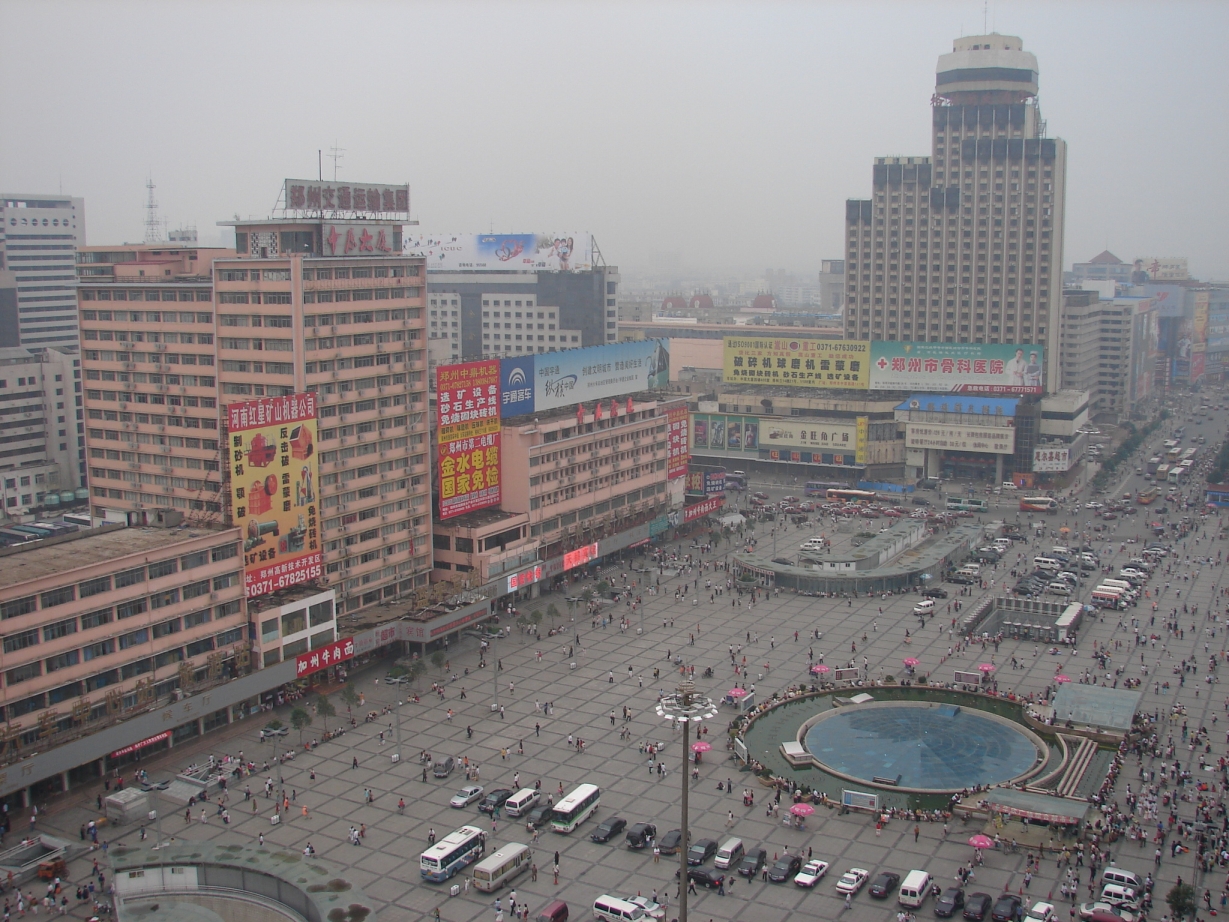No matter where Pat and I travel in the world, we almost always meet someone with a New Jersey connection.
During our recent trip to Portugal, this happened twice. While eating lunch at a cafe in Evora, a small city about 80 miles from Lisbon, Pat met a local couple that recently visited Newark, which has one of the largest Portuguese-speaking communities in the U.S. Then, while we were sailing from Cascais to Lisbon, the skipper told us that he once met Bruce Springsteen at an equestrian event in Portugal that Bruce was attending with his daughter Jessica, who won a silver medal in the team jumping competition at the Tokyo Olympics in 2021.
Unlike our current bird-brained president, who recently called Springsteen “an obnoxious jerk’’ and a “dried out prune” after the singer dared to point out that Trump is trying to destroy our democracy, the skipper was a big fan. “I love the Boss,” he said. (By the way, Trump calling Springsteen a “dried out prune” is like the Elephant Man making fun of George Clooney’s looks.)

After spending a week in Spain, we traveled from Seville to Lisbon by car, a five-hour trip through largely rural areas where we saw more animals than people.
The following day we did a walking tour of Portugal’s capital, including a stop at the Lisbon Cathedral, where every June 12th 16 couples get married in a televised group ceremony that kicks off the Saint Anthony’s festival honoring the city’s favorite saint. The festival climaxes the next day, when the narrow cobblestone streets of the city’s oldest neighborhoods are buzzing with music, dancing, drinking and families grilling sardines.

One of our stops was Commercial Square, once a center of maritime trade and the location of a royal palace until it was destroyed by a powerful 1755 earthquake that could be felt as far away as Finland and North Africa. (Portugal had the good sense to get rid of its monarchy in 1910.) The subsequent tsunami and fires devastated Lisbon, so much of the city had to rebuilt in the 18th and 19th centuries.
We also visited Livraria Bertrand, the world’s oldest operating bookstore. It was established by a Frenchman in 1732 and, though it had to move after the earthquake, it eventually returned to its original neighborhood in 1773 and has been operating ever since.

During our visit to Porto, we saw another bookstore called Livraria Lello that is famous for more recent history. Dozens of people were lined up outside the store waiting to pay 10 euros just to see where J.K. Rowling was reportedly a frequent visitor while writing her first Harry Potter book. (Rowling, who was teaching English in Porto, denies that she ever stepped foot in the store, proving again that facts and beliefs have a tenuous connection these days.)
Though this was a troubled time in Rowling’s life —her mother had recently died and she was in the midst of a bad marriage with a Portuguese journalist — she apparently did gain inspiration for some of her characters, settings and even the Hogwarts uniforms from her time in Porto.
Livraria Lello also has a connection with another legendary contemporary writer. In 2022, it paid $670,000 for 42 letters a teenage Bob Dylan wrote to a high school girlfriend. No word on whether Bob ever visited the bookstore. Livraria has been called the “most beautiful bookstore in the world” and it’s easy to see why, with its red spiral staircase, stained glass ceiling, hand-carved bookshelves and 400 clay busts of famous and not-so-famous Porto residents.

At night, we listened to traditional Lisbon music known as Fado, melancholy songs accompanied by two guitars, one classic and the other a Portuguese variety that looks like a large mandolin. Fado is often described as Portuguese blues, though I thought the two female singers sounded more like a hybrid of Edith Piaf and Maria Calas.

We had some great meals in Lisbon, dining on Portuguese specialities such as grilled octopus and salted cod. We also loved their egg custard tarts, known as pasteis de nata. One thing I didn’t like was a monster sandwich called francesinha, which packs ham, steak and sausage between two slices of thick bread and smothers the whole thing with melted cheese. It was so dense I felt like I needed a shovel to eat it. And it’s definitely not part of any Weight Watchers plan.

One day we took a short ride to Sintra, a beachside resort town with a lavish royal palace, a Moorish castle and lush gardens. There we sampled ginja, a cherry liqueur served in a small chocolate cup. Reflecting our different tastes, Pat drank the ginja and I ate the chocolate.
We then went to nearby Cascais, a former fishing village that is now part of what’s known as the Portuguese Riviera, a popular getaway for royalty and celebrities such as Pablo Picasso, Madonna, Henry Kissinger, Roman Polanski, Renaldo, and Ian Fleming, author of the James Bond books. The area also was a haven for spies during World War II because of Portugal’s neutrality.
We returned to Lisbon on a 41-foot sailboat that, because of a strong tailwind, only took two hours to navigate what is normally a three-hour trip. Entering the city, we passed under the April 25 Bridge, named for the date of the peaceful 1974 “Carnation Revolution” that overthrew longtime dictator Antonio Salazar. The bridge, which spans the Tagus River to the city of Almada, looks remarkably like San Francisco’s Golden State Bridge and has two levels, one for cars and the other for trains.

The final leg of our Portugal trip was by car from Lisbon to Porto, a beautiful riverside city about 200 miles from the capital. Along the way we stopped in Obidos, an ancient walled city now filled with shops selling antiques and hand-crated goods.
We also visited Coimbra, a university town with an 18th-century baroque library featuring gold-plated bookshelves and balconies, large inlaid reading tables made from exotic woods, a trompe l’oeil ceiling painting and a colony of bats that eat insects that would otherwise feast on the exposed 60,000-volume collection.


Porto is a city of bridges. It has six, including a wrought iron structure designed by Gustavo Eiffel that, upon completion in 1877, was the longest single-arch span in the world. The city also has a thriving central market where you can buy almost any meat, fish, vegetable or fruit imaginable. You can even order online and your food will be waiting for you when you arrive.
At the 109-year-old San Bento train station, the vestibule walls are covered with glazed ceramic tiles that form murals portraying major events in Portuguese history. On opposite sides of the ceiling are the words Douro and Minho, two regions served by the station.

On our final day in Portugal, a driver took us to the Douro Valley, the country’s main wine-making and olive-oil producing region about a two-hour drive northeast of Porto. The vineyards there grow more than 200 varieties of grapes, but it’s most famous for Port, a wine that is sweeter, heavier and higher in alcohol content than traditional vino. The steep hillsides are covered with terraced vineyards and rows of grapevines that are separated by stone walls to protect against erosion.

After meeting our guide, we walked four miles down a dirt road to a family winery that dates back to the 17th century. We got a brief tour, including a tasting of a red and white Porto, which Pat deemed delicious. (I basically stopped drinking years ago after one too many embarrassing incidents.) Then we had a tasty lunch of fresh salad, duck and sausage with rice and a Portuguese version of crème brûlée.
The day was capped off by a one-hour cruise on the Douro River in a rabelo, a wooden, flat-bottom boat that was once used to transport wine from the valley to Porto. During the trip, our guide told us that he once escorted Angelina Jolie and Brad Pitt around Douro Valley. He said Jolie was nice and Pitt acted like a jerk. Just never know with tourists.
`




